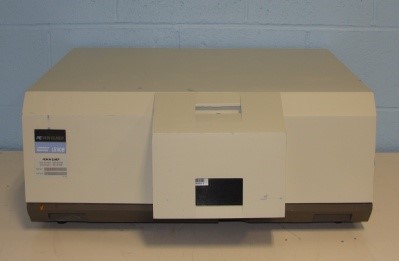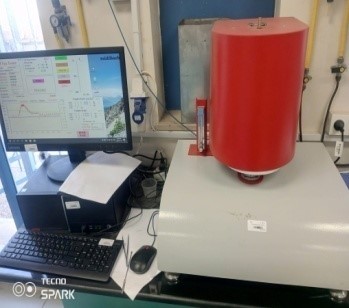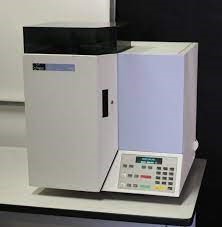|
Lab No. |
14B4170 |
|
Specifications |
A specialized laboratory for research by postgraduate students (Master’s/PhD) from the departments of Chemistry, Industrial Engineering, Chemical Engineering and Physics. |
|
Instruments |
|
|
Tel : |
+972 9 2345113 | Ext. 2448 |
Supervisor

Fluorescence spectroscopy uses a beam of light that excites the electrons in molecules of certain compounds, and causes them to emit light. Luminescence Spectrometer is a complete workstation for a very wide variety of sensitive biochemical studies, including fluorescence, phosphorescence, and bio-chemiluminescence. Featuring excitation and emission monochromators as well as excitation/emission polarizers suitable for fluorescence polarization, anisotropy, and ratio measurements, this instrument is routinely used for obtaining information regarding kinetics in competitive ligand binding assays on a millisecond timescale.

measures the absorbance or transmittance at a single wavelength or at multiple (up to eight) wavelengths. In multiple-wavelength measurement, calculations can be performed on the data obtained for up to four wavelengths, including the calculation of the difference between, or ratio of, the measurements obtained for two wavelengths.

A TGA analysis is performed by gradually raising the temperature of a sample in a furnace as its weight is measured on an analytical balance that remains outside of the furnace. In TGA, mass loss is observed if a thermal event involves loss of a volatile component.

instrument for the rapid determination of the carbon, hydrogen, nitrogen, sulfur or oxygen content in organic and other types of materials.

A potentiostat galvanostat is an electronic device used in electrochemistry that controls the potential difference (voltage) and current. It is a combination of a potentiostat, which controls the voltage across an electrochemical cell, and a galvanostat, which controls the current through the cell. It is commonly used to study and control electrochemical reactions, including those involved in corrosion, electrodeposition, and battery testing
